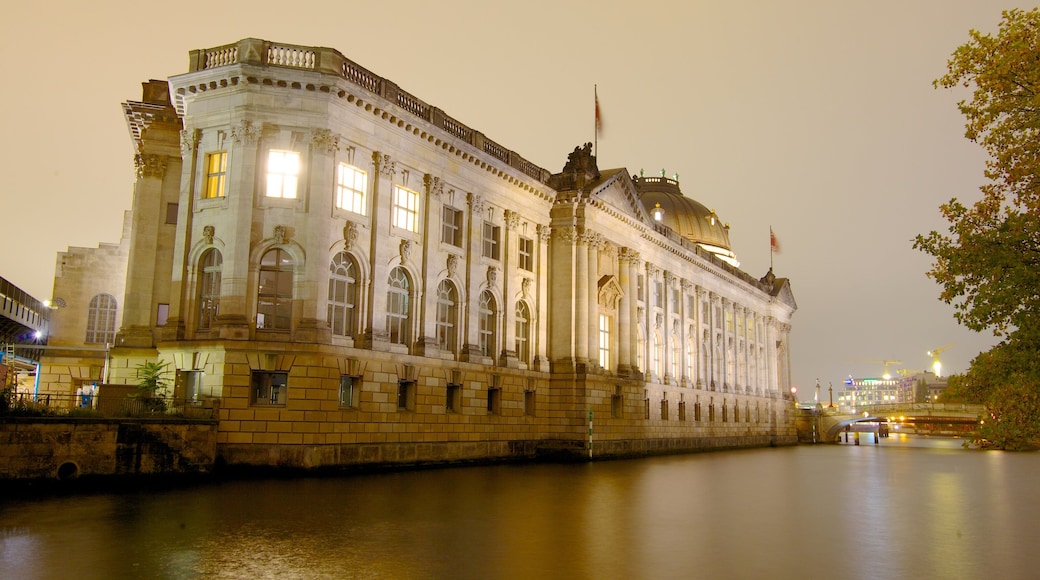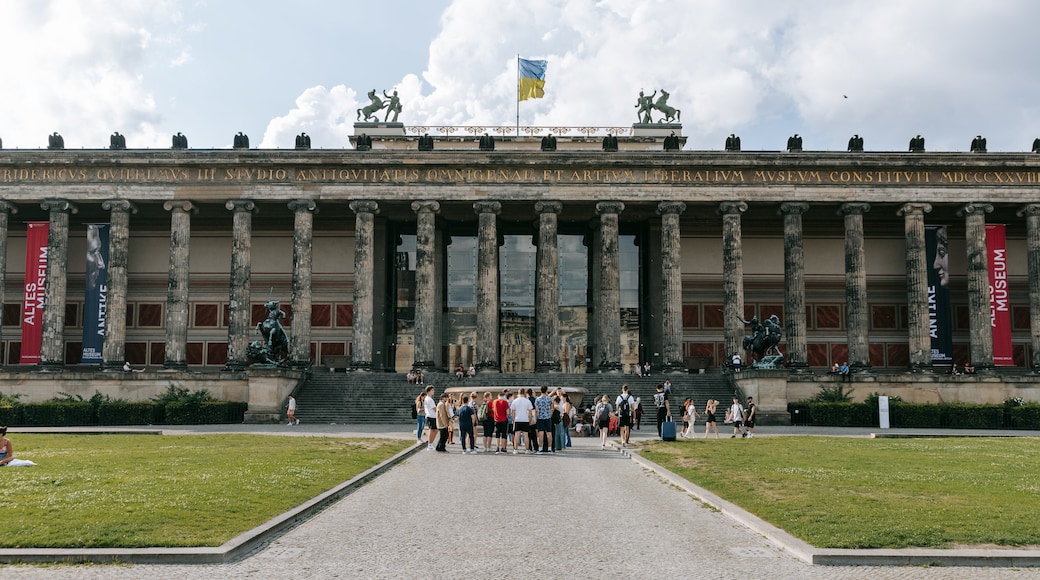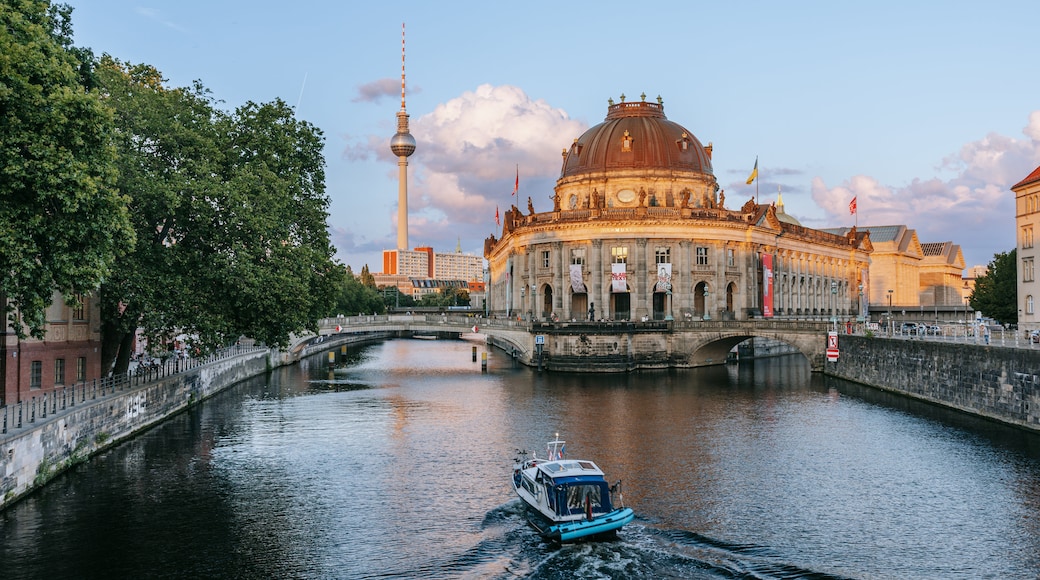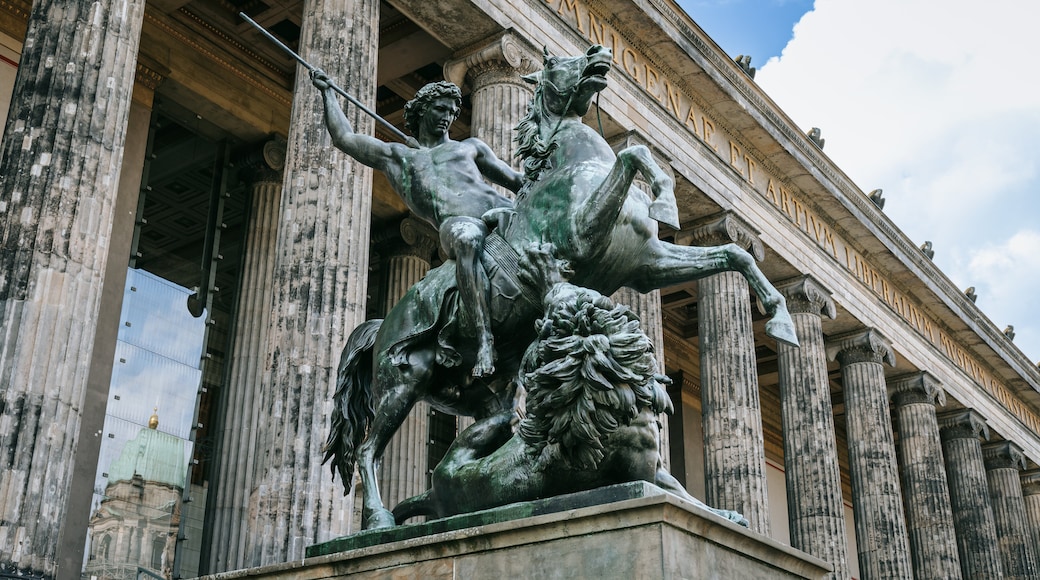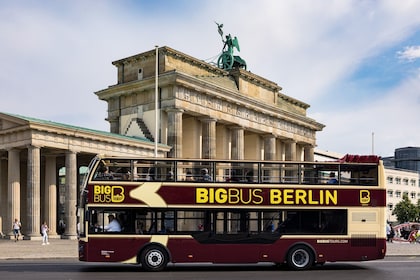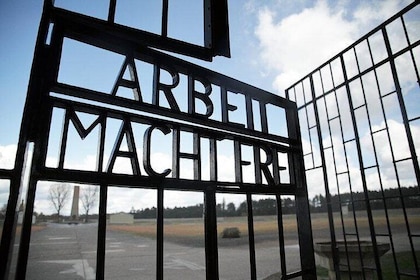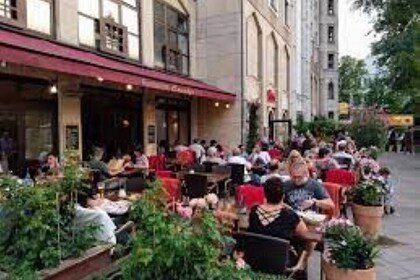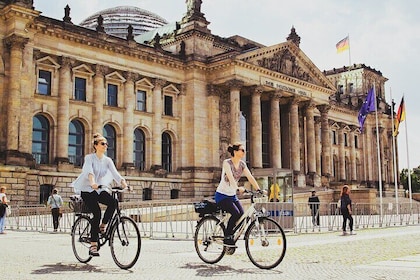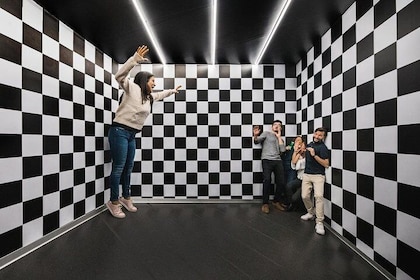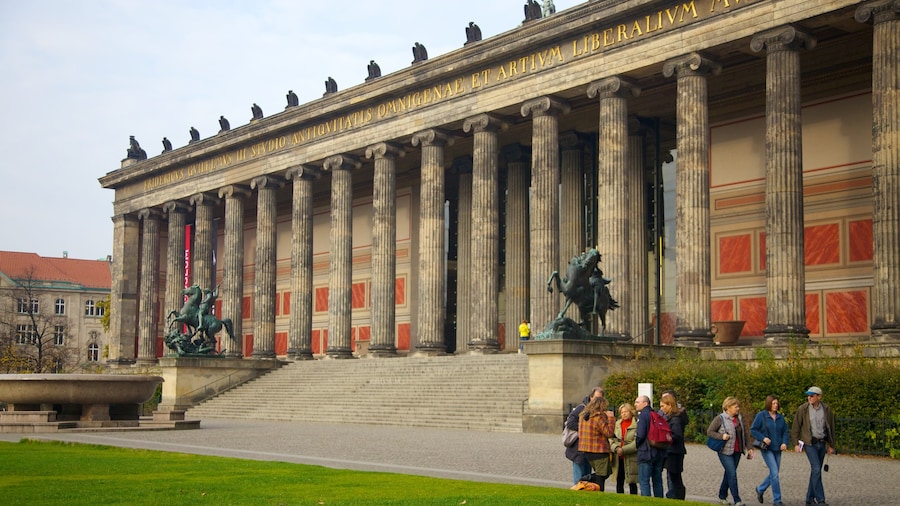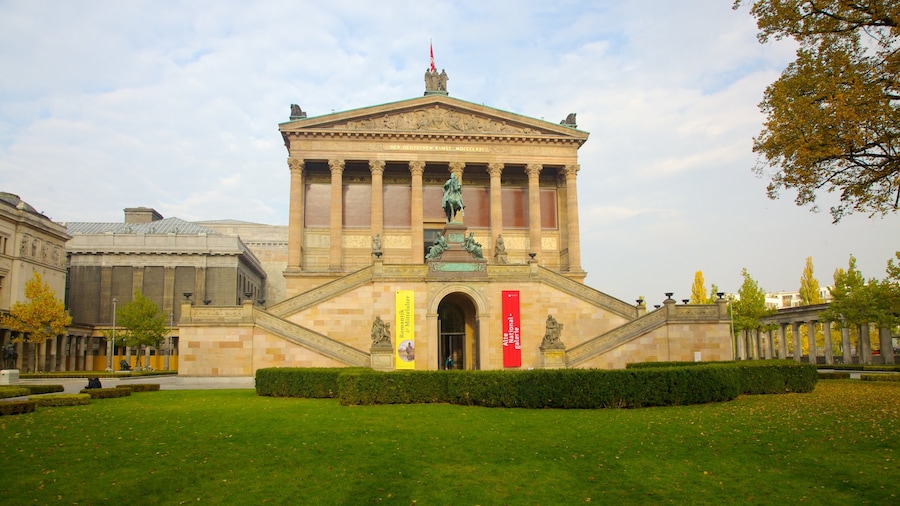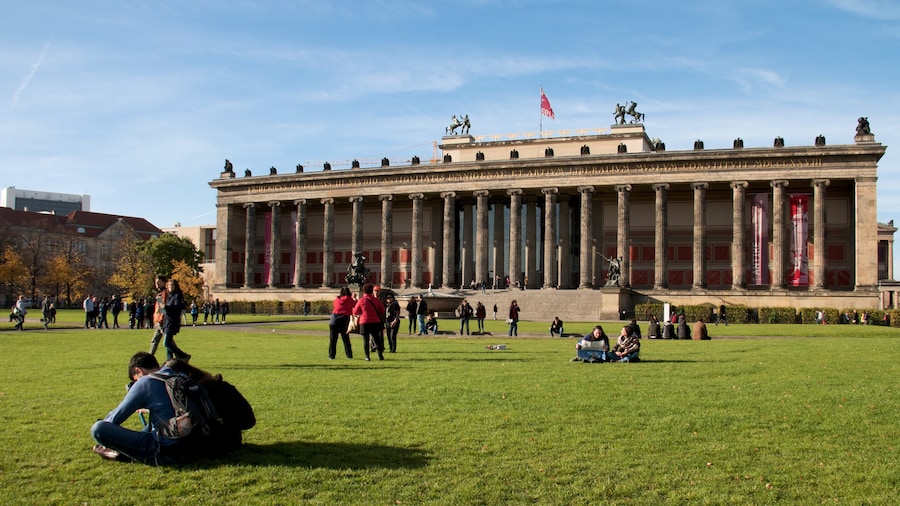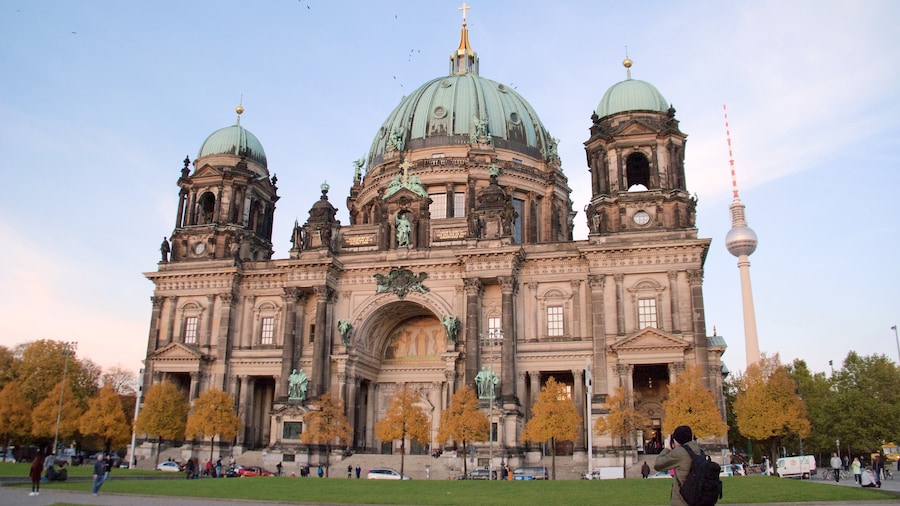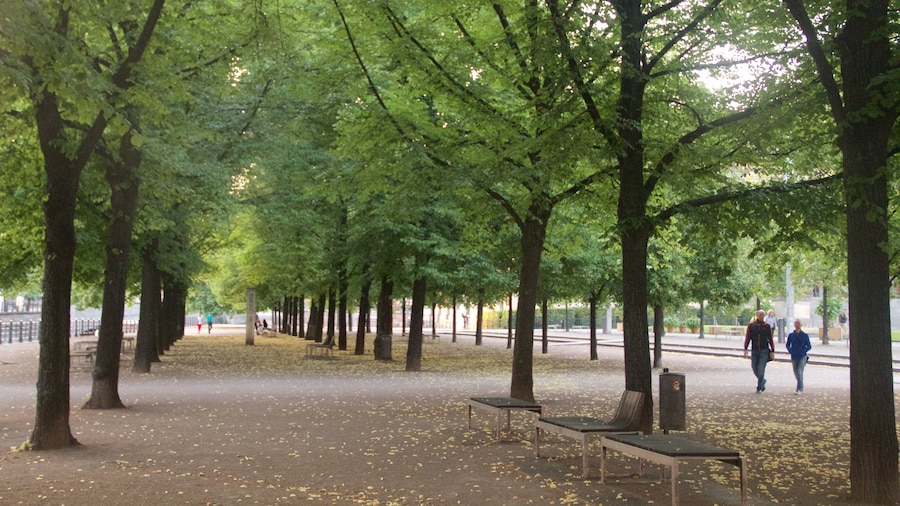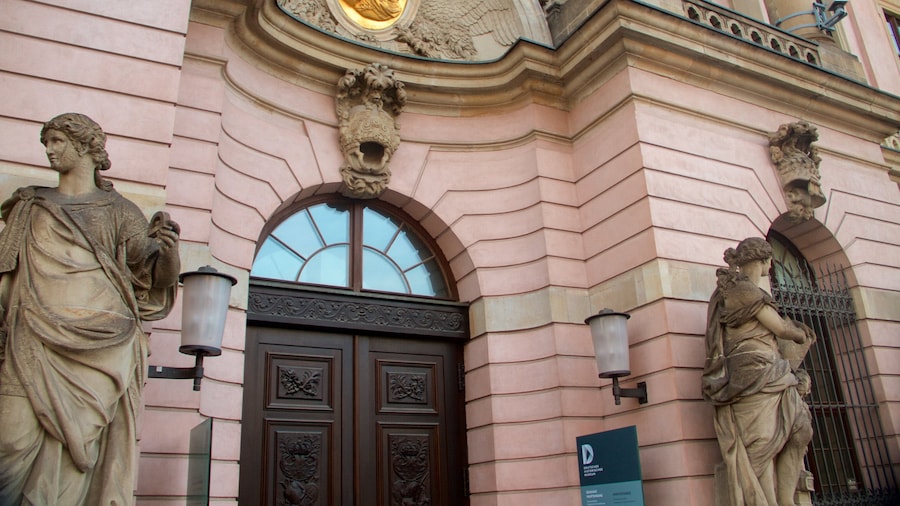A journey through the art and culture of nearly 6,000 years of civilization is as simple as a visit to this world heritage listed island.
Museum Island (Museumsinsel) is located in central Berlin in the River Spree. The island derives its name from a collection of five world-class state museums located at the island’s northern end. The museums were built between 1824 and 1930. Each was designed to reflect the collections it housed. The buildings themselves are highly significant as they reflect the evolution of modern museum development.A logical way to explore the museums is to work from the oldest to the newest. Start with the Altes Museum, or Old Museum, a neoclassical sandstone structure built in the 1820s to house the private art collection of the Prussian royal family. Step between its 18 classical Greek-style columns and explore its vast collection of antiquities and art from ancient Greece and Rome. Next stop is the Neues Museum, which focuses on Ancient Egypt. Among the artifacts, furniture and sculptures here is the famous bust of the Egyptian queen Nefertiti from the 14th century B.C.The Alte Nationalgalerie, or Old National Gallery, houses an impressive collection of neoclassical, romantic and early modernist painting and sculpture, as well as the work of French impressionists such as Claude Monet. The Bode Museum is another neoclassical architectural marvel. Inside there’s Byzantine art, Renaissance sculpture and works by classic European artists such as Donatello. The final museum in the complex is the Pergamon Museum, completed in 1930. Germany's most famous museum was designed to house monumental pieces of ancient architecture and Islamic Art from the Middle East. Wander through the fabled Gates of Ishtar, the Market Gate of Miletus and climb the steps to the Pergamon Altar. The central and southern portions of the island contain many other architectural treasures, such as the Berliner Dom and Marstall. Museum Island is easily accessible by tram, bus, and U-Bahn and S-Bahn trains.
